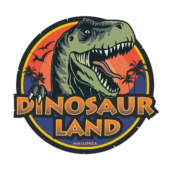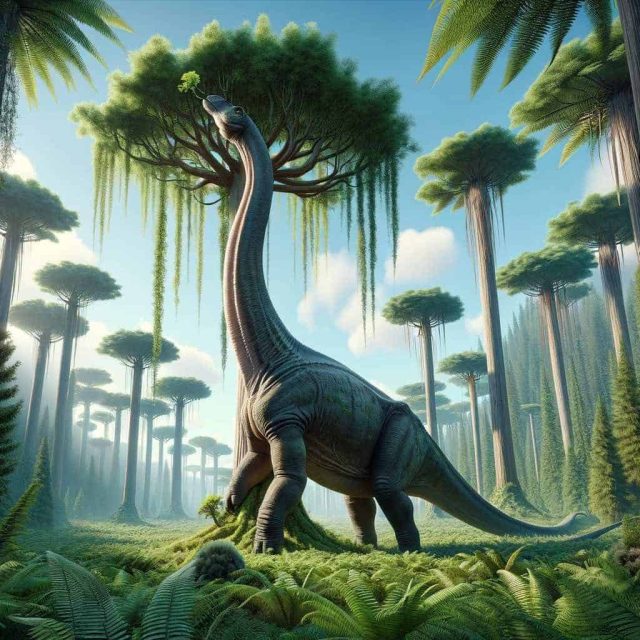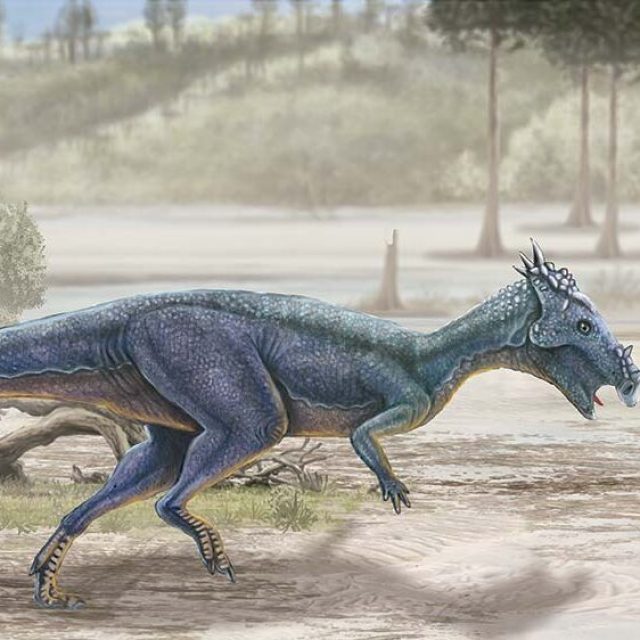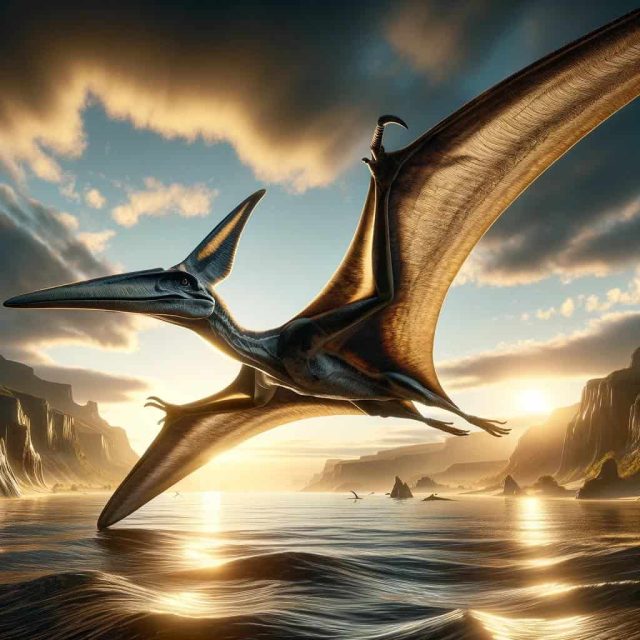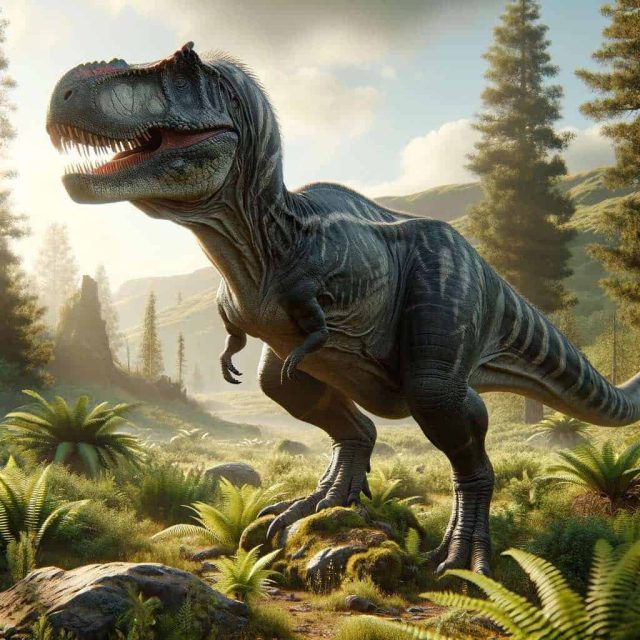ts name comes from the Aztec feathered serpent god, Quetzalcoatl. It was the largest flying animal that ever lived. It had more wingspan than a small plane and it stood as tall as a giraffe. Despite its monstrous size, it did not weigh much and that is due to the complex system of air sacs inside its bones. It began its flight with a powerful jump of more than 3m height and managed to reach a maximum speed of 88Km/h.
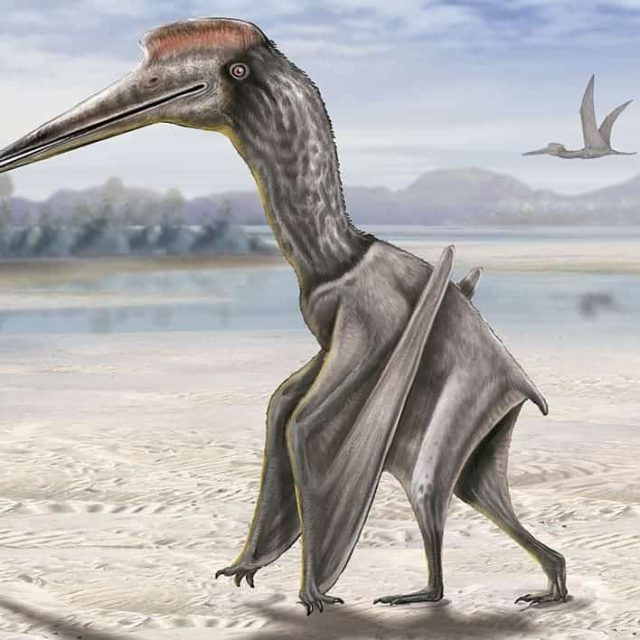
Quetzalcoatlus
Family
pterosaurios
Era
Cretácico superior, hace 145- 66 millones de años
Where he lived?
América del Norte
Weight
250kg
Height
6m
Length
12m envergadura (de ala a ala)
see more dinosaurs
plan your visit
